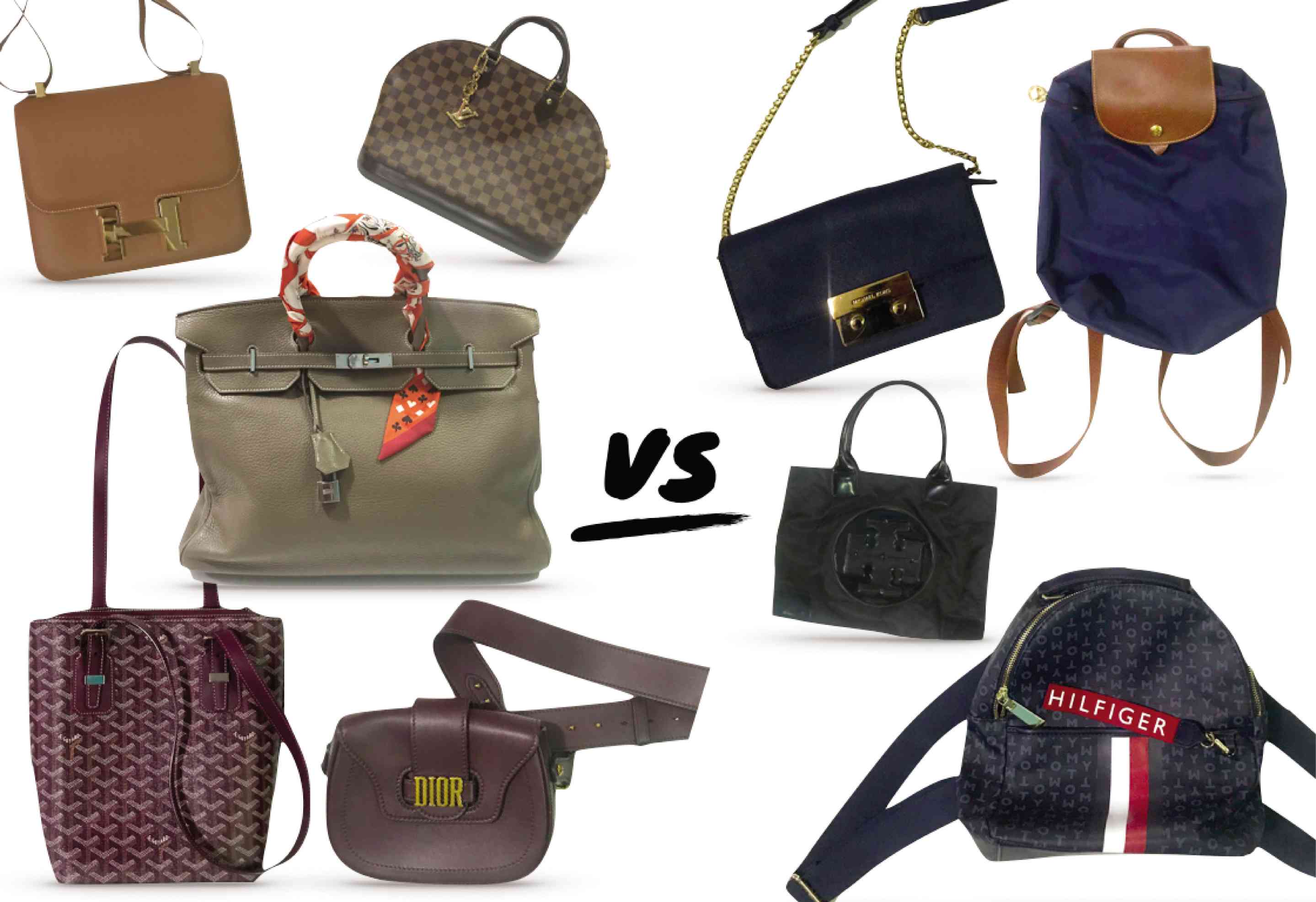Branded life of the superrich

Target markets and eventual users of a brand represent the core market. The core market habitually uses, stock-keeps and consumes a specific brand over and through time, uses it multiple times and frequently, and is often the first to adopt a brand’s new model, line or category extension.
There are many ways to describe a core market: common characteristics triggered by demographics, economic class, psychographic or personality traits and behavioral actions.
A classic segmentation is the ABCD market. But can the affluent A market really be targeted along with the middle-income BCD market or the BC market? The truth is, the aspirational psychographic trait is evident only in the B and C middle-income class.
Who is the affluent A market?
The affluent A market has characteristics and economic capabilities different from the rest.
If the A individual achieved self-made wealth, the individual will likely patronize symbols of affluence even in small quantities or degrees.
It goes without saying that symbols of affluence are like second skin to those born into wealth and who continue to enjoy the fruits of this wealth.
The Global Wealth Report 2018 by the Credit Suisse Research Institute reports there are 3.2 billion, or 64 percent, of adults worldwide with wealth below $10,000, while 1.3 billion adults, or 26.6 percent, comprise the middle income with a net worth of $10,000 to $100,000. The top two tiers of the wealth band are made up of high net worth individuals counting 436 million adults, or 8.7 percent, of total adults with a net worth above $100,000 up to $1 million, while ultrahigh net worth individuals count 42 million individuals with a net worth above $1 million. The last is a very small 0.8 percent. The net worth is measured by the value of financial assets and real assets, principally housing or real estate, and excludes all types of debts.
Thus, the A segment need not aspire, save up or pay in installments for a luxury brand. The affluent market, comprised of high and ultrahigh net worth individuals can, at any point in time, buy a luxury brand. The typical A market generally stock-keeps multiple luxury designer brands. However, a small segment of this market is not compelled to do so.
Buying a luxury brand’s core products is not that easy. This is what differentiates the high and ultrahigh net worth individuals.
The mode of acquisition is very different from mainstream, middle-income brands. Luxury brands, however, do have flanker products like eyewear and accessories that can be bought from more ubiquitous and highly reputable retail chains.
However, the luxury brands’ core products can only be bought from well-appointed designer stores or ateliers where distribution is sparse, often located in the country of origin, high-income regions or countries.
Thus, a luxury brand cult follower must fly to the designated outlet, have multiple credit cards on hand since some designer shops prefer a card transaction, hope a particular model is still available, look wealthily dressed up and bejeweled to be attended to and depending on the luxury brand label, literally wait in line eventually praying to be escorted to the hidden quilted designed dressing room.
Making the affluent A market one’s core market is no easy job.
Luxury products are consistently superior performing, rich in heritage and are often heirloom pieces that can be passed from one generation to the next while affirming the current high net worth status of the brand user.
In many cases, luxury products rapidly lead the category in innovation. Luxury designer brands that attract the super wealthy segment include the iconic Chanel, Hermes, Fendi, Dior, YSL, Goyard, Walter Steiger, Gucci, Louis Vuitton, Prada, Christian Loubotin, Cartier, Harry Winston, Rolex, Jaguar, Bentley, Rolls Royce, Mercedes Benz, BMW, Hugo Boss and the younger millennial and Gen Z targeted brands like Off-white, Vetements.
The B and upper C income cohort is a much more flexible and populated segment.
Disposable income is restrained compared to the affluent high net worth individuals. Nonetheless, the B and upper C income market aspire to try the products and services frequently patronized by the A markets. In many cases, the B and upper C aspirational cohorts are able to patronize the iconic brands of the affluent A on occasions, in much less regularity or frequency and in lesser quantities.
Frequency of patronage, levels and types of ownership, how ultra priced designer labels are acquired are some of the factors that segregate the A cohort from the B and upper C.
When it comes to products, the B and upper C regularly patronize the more affordable, quality-finish, status symbol premium brands than the highly exclusive, ultra priced designer labels.
Thus, brands like Michael Kors, Coach, Annello, Longchamp, Tory Burch, Kate Spade, Tommy Hilfiger, Ralph Lauren, Lacoste, COS, Supreme, CDG, Lexus, Audi, etc. are more practical choices.
The middle- to lower middle-income markets enjoy far greater numbers than the upper middle-income cohort. Functionality, durability and fashion are triggers for purchase. Uniqlo and H&M are some of the familiar brands heavily patronized by the middle to lower middle income markets.
Nearly 48 percent of the Philippines are made up of the D income market with a monthly household income of P8,000 to P15,000. The combined peso volume of the big number of adults that comprise this segment drives this cohort.
The D segment is price sensitive and highly practical when it comes to their purchases. Discounts, free samples, more products for the same retail price and other types of retail promotions attract this segment.
Owners of brands, brand marketers and brand stewards need to clearly define their target market and core users.
This way, it is much easier to create empathetic communications.
The brand manufacturer and provider must deliver a product or service up to the expectations of a particular market segment. On the other hand, a certain market segment will identify only with a brand that they feel measures up to their needs and wants. —CONTRIBUTED